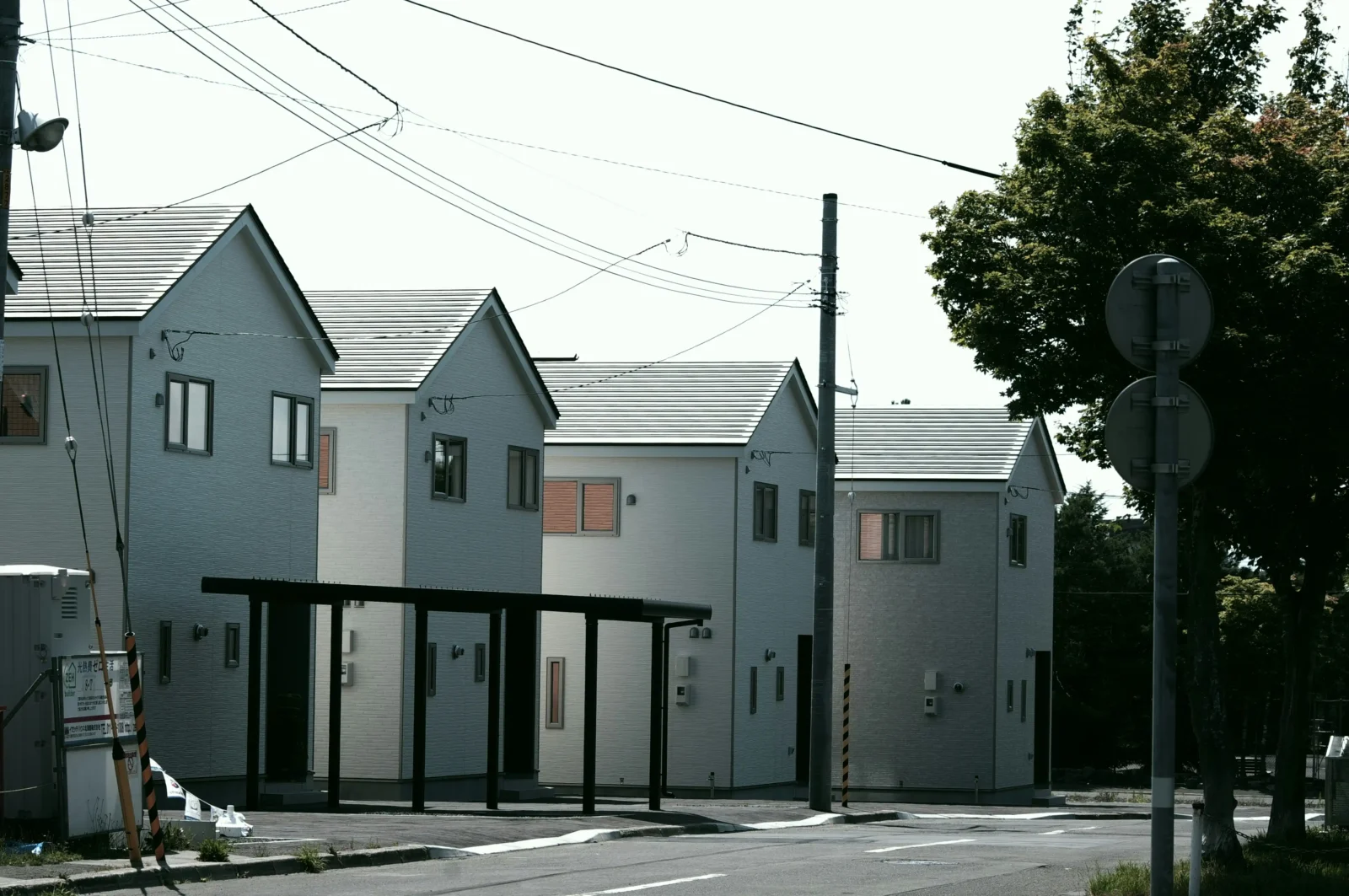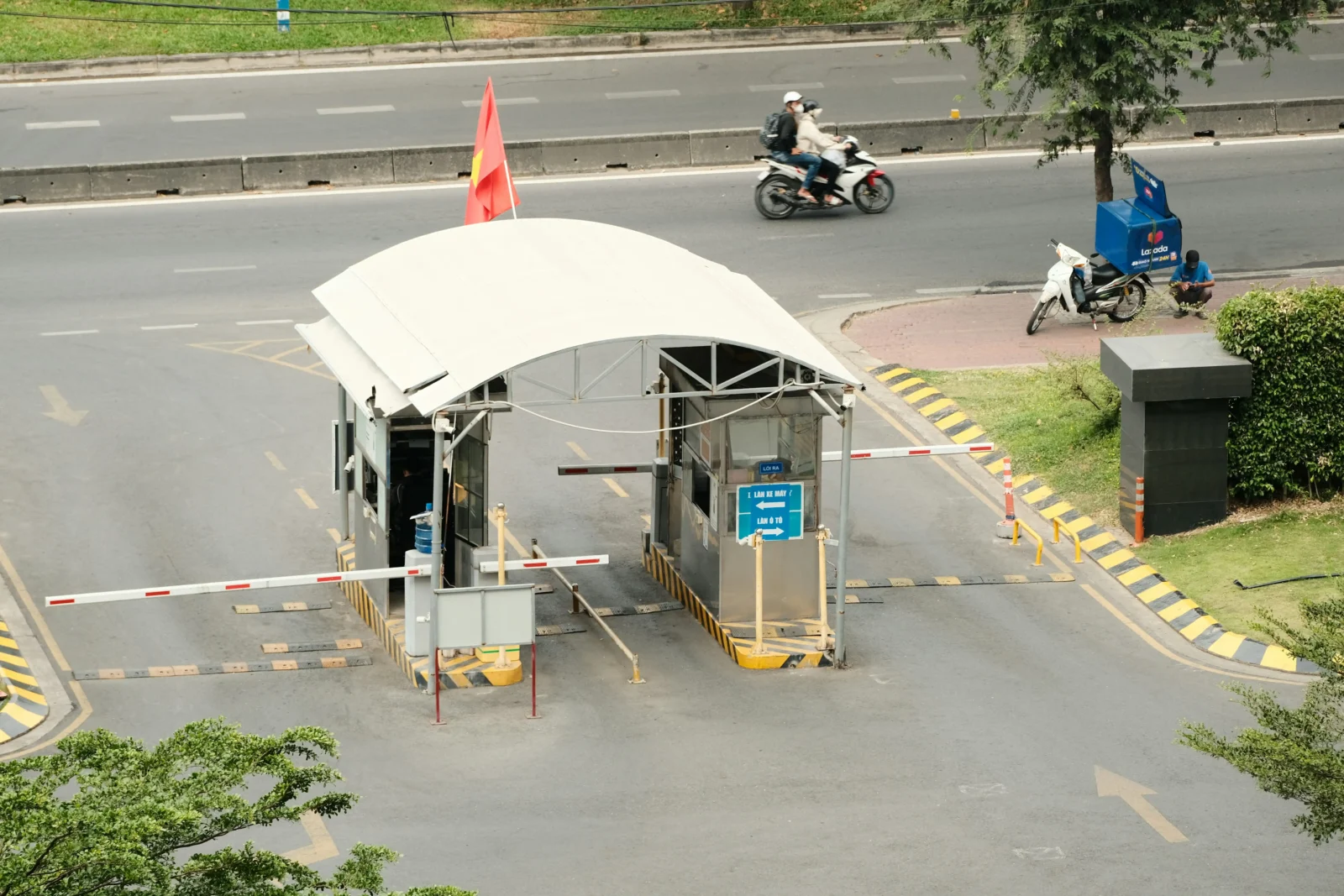- Home
- Articles
- Architectural Portfolio
- Architectral Presentation
- Inspirational Stories
- Architecture News
- Visualization
- BIM Industry
- Facade Design
- Parametric Design
- Career
- Landscape Architecture
- Construction
- Artificial Intelligence
- Sketching
- Design Softwares
- Diagrams
- Writing
- Architectural Tips
- Sustainability
- Courses
- Concept
- Technology
- History & Heritage
- Future of Architecture
- Guides & How-To
- Projects
- Interior Design
- Competitions
- Jobs
- Store
- ToolsNew
- More
- Home
- Articles
- Architectural Portfolio
- Architectral Presentation
- Inspirational Stories
- Architecture News
- Visualization
- BIM Industry
- Facade Design
- Parametric Design
- Career
- Landscape Architecture
- Construction
- Artificial Intelligence
- Sketching
- Design Softwares
- Diagrams
- Writing
- Architectural Tips
- Sustainability
- Courses
- Concept
- Technology
- History & Heritage
- Future of Architecture
- Guides & How-To
- Projects
- Interior Design
- Competitions
- Jobs
- Store
- ToolsNew
- More

What is Smart City?
A smart city is a city that uses digital technology to enhance its performance and efficiency, to provide a more livable environment, and to engage with its citizens.
There are many benefits of having a smart city. Some of those benefits include improved public safety, reduced traffic congestion, increased mobility and accessibility for all citizens, reduced air pollution and greenhouse gas emissions, better water management, improved waste management and recycling rates, less energy consumption for households and businesses.

New Songdo City in South Korea
The term “smart city” was first used in the early 1990s. It is an area with a high degree of social and economic development, as well as a high level of public services. In the past few years, smart cities have become more popular and have been appearing all over the world.
Smart city refers to a place that uses digital technology to improve its performance and ensure sustainable growth. A smart city can be said to be one that is sustainable, resilient, inclusive and participatory.
Some people believe that we are now living in the era of smart cities because digital technology has been widely used in our daily lives.
How Can We Live in Smart Cities?
A smart city is a city that uses digital technology to improve the efficiency of its infrastructure, such as energy and transportation networks. The term smart cities is used to describe a city that has implemented information and communication technologies to improve the quality of life of its residents. There are many new technologies that have been developed and implemented in order to make city living a more efficient and enjoyable experience.
Smart cities use sensors to collect information from their environment, which can be used for different purposes such as traffic management, public safety, or air quality control. The data collected by these sensors is analyzed by artificial intelligence algorithms and then used to take actions in the physical world such as opening or closing roads for cars or adjusting traffic lights.

Smart cities also use technology in order to provide better services for their residents. For example, they can provide Wi-Fi access points on every street corner so people can connect anywhere they go without having to worry about data charges. Smart cities also have apps that help people find parking spots quickly or locate public restrooms nearby when they need them most.
The world is experiencing a shift in how we live and how we work. Cities are the focal point of this change, as they are the places where people live, work, and play. The key to building a smart city is to invest in infrastructure that will enable it to grow sustainably over time.
Examples of Current Smart Cities
In the rest of the article, you will see some cities that are among the smart cities in the world in terms of transportation and living standards with their technological developments. There are smart cities in every continent, especially in Asia and Europe. The budgets and urban planning plans allocated by the countries for the development of these cities have enabled them to become smart cities.
Dubai, United Arap Emirates

Shanghai, China

Copenhagen, Denmark

London, UK

San Leandro, California

New York City, New York


Submit your architectural projects
Follow these steps for submission your project. Submission FormLatest Posts
5 Ways Murphy Beds Transform Small Apartments Into Functional Homes
Living small does not mean living cramped. It means making smart choices....
The Silence of Concrete: Ando’s Minimalism in the Heart of Paris
Tadao Ando transformed the historic Bourse de Commerce in Paris into a...
How Real-Time Security Guard Tour Systems Work
In our world today, where security is highly regarded, security is our...
Key Steps to Modernizing the Exterior of Any Residential Property
The exterior of a home shapes the first impression for guests and...












Leave a comment